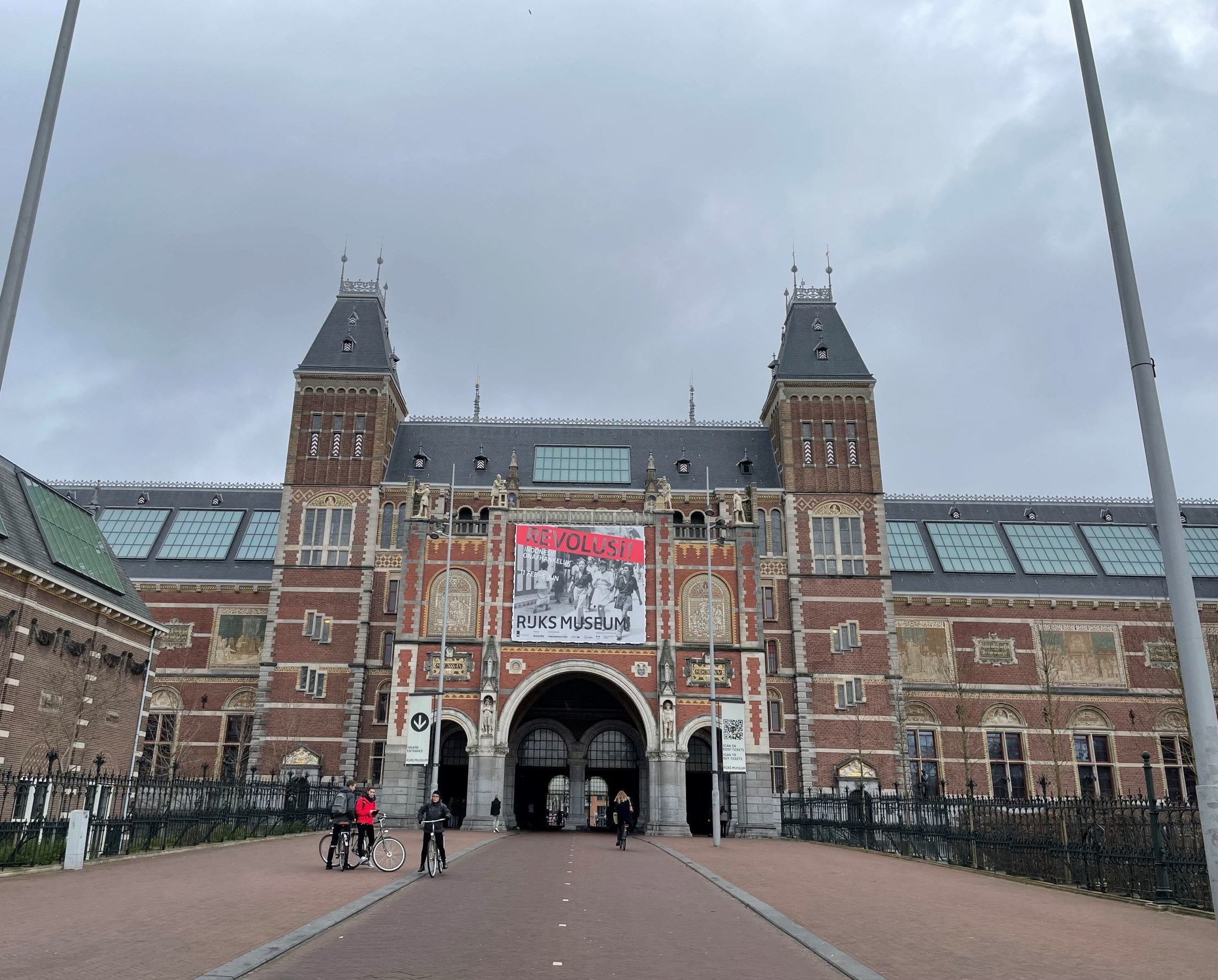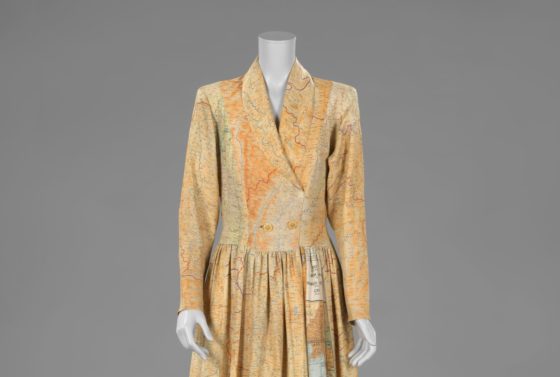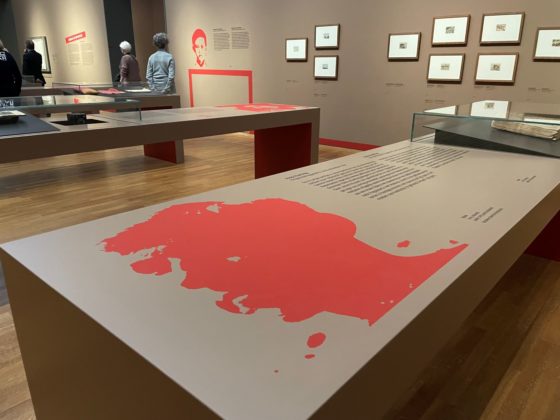First major European show on Indonesian independence struggle
Senay Boztas
A subtle show at the Rijksmuseum is the first in Europe to examine Indonesia’s fight for independence from Dutch colonialism and one shadowy aspect of Dutch history, writes Senay Boztas
On the walls and counters, like portraits in blood, are the stylised images of eyewitnesses to four years of horrifying violence in Indonesia.
These years – retold in the Rijksmuseum display Revolusi! Indonesia Independent – were not only a time when tens of thousands lost their lives as Indonesia fought for freedom from Dutch colonialism, after Japan had surrendered at the end of the Second World War.
Between 1945 to 1949 was also a time when Dutch troops committed war crimes that have only been recognised by Dutch leaders and courts in recent years.
The first major European exhibition on the bloody Indonesian struggle for independence from three centuries of Dutch colonialism explicitly takes an ‘international perspective’ – but it also quietly shows the experiences of all kinds of people who lived through it.
‘On August 17 1945, Indonesia declared its independence, following more than three centuries of colonial rule and three days after the capitulation of the Japanese occupier,’ said Taco Dibbits, general director of the Rijksmuseum. ‘This was the start of the revolution, Indonesia’s struggle for independence which was to last four and a half years. The revolution marked many lives, not only those who lived through it, but also of their children, grandchildren and great-grandchildren to this very day…
‘Over the next two decades, many countries would follow their example. Indonesia thus played a crucial role in the history of the 20th century.’

The exhibition of more than 200 objects is set in a series of themed rooms, looking at the violence, art, propaganda, political negotiations and also the legacy of the time, in a series of video interviews with descendants. Appropriately for a period some genocide historians describe as part of the ‘shadowy side’ of Dutch history, the walls are a muddy beige, with a red line running through the rooms like the blood spilled of both families of Dutch settlers and Indonesian villagers.
In one room is the art of 11-year-old Mohammad Toha, small, quiet paintings of things that happened in his village like ‘the victims of the Dutch attack being buried.’ In another, is the bullet-riddled shirt of Indonesian independence fighter Tjokorda Rai Pudak, killed in Bali in 1946.
One room has a dress made by a Dutch settler and widower Jeanne (Peu) van Leur-de-Loos, made of discarded military silk maps; after being held in a Japanese internment camp, she managed to come by the material and made the dress on a precious sewing machine before escaping the violence and returning to the Netherlands.
There are films from the time as well as photographs by French photographer Henri Cartier-Bresson of the last weeks of the Indonesian revolution, before the country’s freedom was finally accepted in The Hague.
Behind the 23 people’s stories, artefacts and artworks sit historians’ estimates that 3,500 to 30,000 Dutch people were killed in the initial Indonesian violent uprising, while 100,000 Indonesian people died in the Dutch counter-offensive from 1947 to 1949.

Although the exhibition, which runs until June 5, tells a subtle tale of bloody times – leaving it to the audience to draw its own conclusions – it sparked controversy before it even opened.
In January guest curator and historian Bonnie Triyana said the Dutch term ‘bersiap’ – referring to violent acts by Indonesians against the Dutch settlers after the Japanese occupation ended – was being avoided and should be scrapped entirely for having ‘strong racist connotations’.
The museum backtracked after the Federation of Dutch Indos (FIN) accused it of censoring the term, which means, ‘stand ready’, and filed a formal police complaint against the curator. Then, the KUKB Foundation for Dutch Debts of Honor filed a complaint of racism for the use of the term.
Last weekend, as the exhibition opened, the OM Dutch prosecution service dismissed both complaints, saying that ‘no criminal acts had been committed’ in terms of racism or denigrating any group of people. In some kind of compromise, on the wall of one room is a simple description of the Indonesian militant group attacks that the Dutch called ‘bersiap’ – with the word used in both the English and Dutch.
The room is called Geweld, violence.
Thank you for donating to DutchNews.nl.
We could not provide the Dutch News service, and keep it free of charge, without the generous support of our readers. Your donations allow us to report on issues you tell us matter, and provide you with a summary of the most important Dutch news each day.
Make a donation